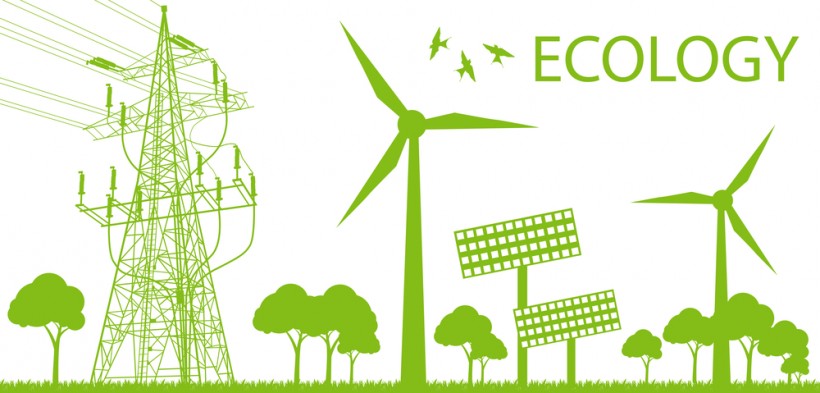To ensure we have a habitable planet for future generations, the U.S. needs to transition quickly to renewable energy sources. But the United States is not an energy monolith. Companies like Green Development LLC lead the way in solar and wind energy projects. But some states are more advanced than others when it comes to clean energy production.
Many states have made bold green energy goals through state-level policies. However, geography and economics are also drivers of the renewable energy market.
For instance, renewable forms of power for electricity are now cheaper than non-renewable options. This economic advantage means that green alternatives are projected to be the future of the energy industry. Luckily, increases in renewable energy production can also help us avoid the worst consequences of the climate crisis.
Closing Coal Plants
In many states in which coal has traditionally been profitable, the non-renewable energy industries are faltering. The cost of maintaining an existing coal plant is now more than what it would take to create a new clean energy facility.
A nationwide shift away from coal is a benefit in the fight against climate change. Coal-fired plants emit a wide range of pollutants that are harmful to public health, in addition to endangering the planet.
Some of the largest recent decreases in coal emissions have come from states with long histories of coal use. Texas, Indiana, and Ohio accounted for 25% of coal plant reductions in 2019.
The Leading States for Solar and Wind Energy
Many states are setting bold green energy goals, and one of the key factors among states that do well with solar and wind energy is strong climate policy. For example, some states have put education incentives into place to drive green job training. These colleges offering clean energy programs can also be a boon to local and state economies.
But the shift toward renewables is about more than just government policies and aggressive state renewable energy goals. Geography also plays a significant role in green energy production. For example, states in the middle of the country are particularly well-suited for wind energy production, while states in the southwest have untapped potential for solar energy production.
Some of the states that currently lead in renewable energy include:
California
As of 2018, a third of California's electricity was generated through renewable sources. In addition to this, the state has set the goal to use 50% clean energy by 2030 and 100% by 2050.
Iowa
You may not think of Iowa when you think of clean energy. But Iowa boasts a higher percentage of renewable energy production than California (compared to its usage). In part, Iowa's flat landscape and small population make it an excellent location for wind farms.
Texas
The Lone Star State boasts the highest wind turbine capacity of any state. As of August 2020, Texas had a wind power capacity of 29.1 gigawatts.
North Carolina
While California is the state with the highest-ranking solar capacity, North Carolina comes in second place. This state's strong solar market is driven, in part, by the Renewable Energy and Energy Efficiency Portfolio Standard. This piece of regulation supports and promotes clean energy production.
The growing demand for renewable energy is expected to continue. The climate crisis and market forces are both driving investments into solar and wind energy production. While California might be the obvious leader, many states are investing in the future of energy production.
About Green Development LLC
Since 2009, Green Development LLC has been instrumental in transforming the energy mix in Rhode Island to clean, reliable energy. The company has developed more than 70 MW in solar and wind capacity, with plans to add 111 MW in 2021. Green Development is devoted to preserving farmland, reducing water and air pollution, increasing energy security, and creating local jobs. Current wind and solar sites reduce carbon emissions equivalent to using 8,091,141 gallons of gas each year.
© 2024 NatureWorldNews.com All rights reserved. Do not reproduce without permission.
* This is a contributed article and this content does not necessarily represent the views of natureworldnews.com






